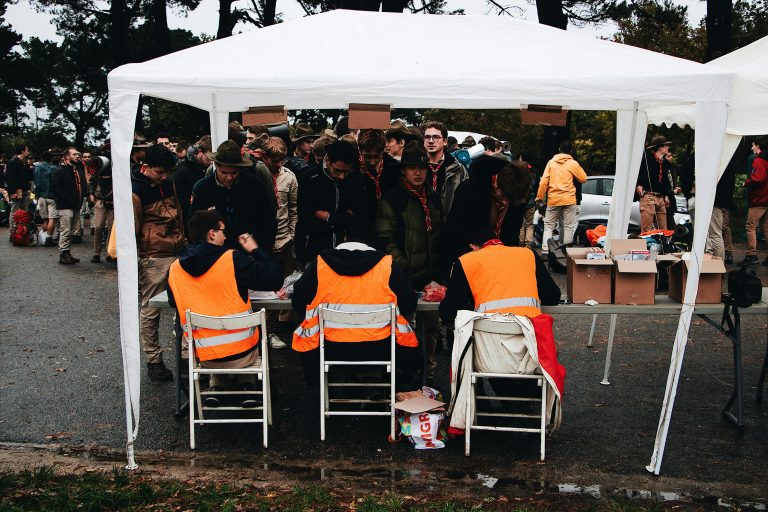In an age awash with events that draw crowds measured not in hundreds but in thousands, mass participation gatherings hold a curious mirror to the communities that host them. Their scale is imposing, their energy palpable, and yet the success of such events cannot rest solely on slick logistics or headline numbers. Rather, their true power emerges through the invisible but potent force of engagement—the collective will, spirit, and voice of the community interwoven into every stride, cheer, and celebration. Why does this engagement matter, and what is at stake when communities are brought into the spectacle?
Anchoring Authenticity: The Role of Local Involvement
While sponsors and organisers shape the framework, it is community engagement that breathes authenticity into mass participation events. When local groups, schools, and residents are woven into the design and delivery, events cease to be transient impositions and become living, breathing celebrations of place. Platforms such as wearemassive.co.uk exemplify how genuine inclusion, not tokenism, secures goodwill and embeds meaning. Without this anchor, the event may risk superficiality—a fleeting spectacle failing to leave any lasting imprint upon its host environment.
Building Social Capital and Resilience
True engagement goes beyond mere compliance. It forges new bonds among neighbours who may otherwise remain strangers, among generations, and across cultural divides. Community involvement cultivates social capital, strengthening trust and resilience that persist long after the event infrastructure is dismantled. This dividend is anything but intangible; it manifests in a more connected, agile society, better equipped to respond to future challenges, whether they be opportunities for collaboration or crises demanding collective response.
Local Economic Multipliers
When anchored in the community, mass participation events stimulate more than applause. They catalyse economic energy at ground level. With purposeful engagement, local businesses, suppliers, and producers are drawn into the event’s orbit, ensuring that benefits ripple outward across the host area. Bypassing mere importation of goods and services, this approach transforms short-term influxes into sustained growth, linking the event’s vitality to the economic well-being and ambition of the community itself.
Legacy: Charting a Course Beyond the Finish Line
Perhaps most compelling is the capacity of genuine community engagement to set in motion a legacy with meaningful substance. When communities are co-creators, the impact endures beyond medals and banners; new traditions emerge, lasting networks are built, and a sense of ownership inspires ongoing civic activity. In effect, the true metric of a mass participation event’s success is less about the records set and more about the futures shaped—the enduring echo of shared endeavour long after the crowds have dispersed.
Conclusion
Ultimately, community engagement is not an optional embellishment for mass participation events. It is their lifeblood, the force that transforms spectacle into significance and moment into momentum. Those who dismiss its importance do so at their risk, for engaged communities forge the future of these grand gatherings. When people feel seen and involved, they become ambassadors of the event’s legacy. Their continued participation ensures that each edition grows in depth, meaning, and impact.


